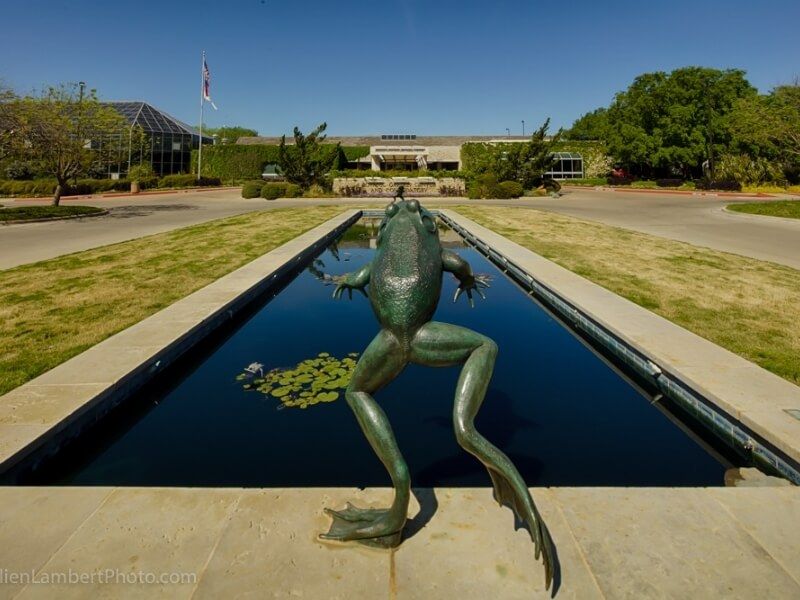Back Issues, Archives, Index, and Reprints
Explore decades of botanical research through our comprehensive journal archives. Articles from Sida, Contributions to Botany, and the Journal of the Botanical Research Institute of Texas (JBRIT) are fully indexed and accessible through multiple platforms. Whether you’re searching for a specific author, plant name, or geographic location, our archives are here to support your work and curiosity.
-
All articles of Sida, Contributions to Botany and Journal of the Botanical Research Institute of Texas are currently indexed and abstracted in print, JSTOR, and the Biodiversity Heritage Library. You may also download a spreadsheet version of our index here. This file should allow you to use a “find” option to search for author names, plant names, geographic placenames, etc.
The BRIT Press believes that botanical knowledge should be shared freely among all those interested. In support of this belief, we recently made our complete journal archives of Sida, Contributions to Botany, free to the public through an online sponsor, Biodiversity Heritage Library. If you wish to purchase your own hard copies of past issues, you may still do so via the method below.
-
Back Issues of Sida and Journal of the Botanical Research Institute of Texas are currently available for sale.
*HUGE on-going sale! Due to storage limitations, we are lightening our load of overstock and offering all in-print back issues at 50% off the original price, as well as the complete in-print back issue set at over 60% off! Please email us with requests for pricing and availability of specific issues.
*Please check back with this site regularly as the list of available issues changes each time an item sells out!
-
BRIT Press does not currently maintain a collection of individual paper reprints. We encourage interested parties to contact the paper’s authors directly to request a reprint. If you have further questions concerning this matter or need assistance locating an author, please contact Editor Barney Lipscomb (barney@brit.org).


